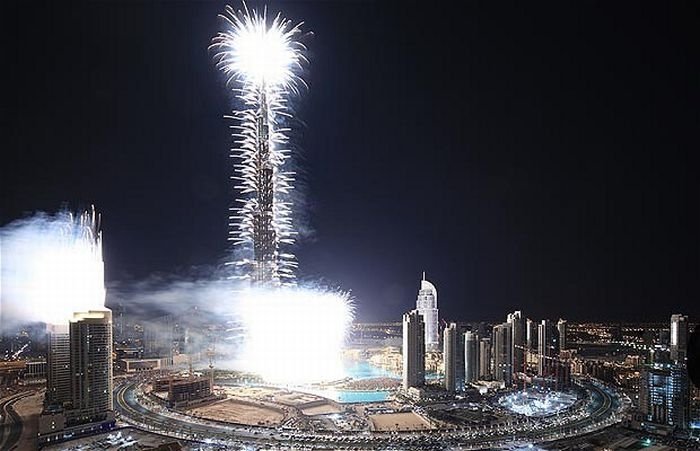|
|
New Year 2011 Fireworks Around The World
|
Several states have enacted drinking water standard for perchlorate including Massachusetts in 2006. California's legislature enacted AB 826, the Perchlorate Contamination Prevention Act of 2003, requiring California's Department of Toxic Substance Control (DTSC) to adopt regulations specifying best management practices for perchlorate and perchlorate-containing substances. The Perchlorate Best Management Practices were adopted on December 31, 2005 and became operative on July 1, 2006. California issued drinking water standards in 2007. Several other states, including Arizona, Maryland, Nevada, New Mexico, New York, and Texas have established non-enforceable, advisory levels for perchlorate.
The courts have also taken action with regard to perchlorate contamination. For example, in 2003, a federal district court in California found that Comprehensive Environmental Response, Compensation and Liability Act (CERCLA) applied because perchlorate is ignitable and therefore a “characteristic” hazardous waste. (Castaic Lake Water Agency v. Whittaker, 272 F. Supp. 2d 1053, 1059-61 (C.D. Cal. 2003)).
Pollutants from fireworks raise concerns because of potential health risks associated with hazardous by-products. For most people the effects of exposure to low levels of toxins from many sources over long periods are unknown. For persons with asthma or multiple chemical sensitivity the smoke from fireworks may aggravate existing health problems. Environmental pollution is also a concern because heavy metals and other chemicals from fireworks may contaminate water supplies and because fireworks combustion gases might contribute to such things as acid rain which can cause vegetation and even property damage. However, gunpowder smoke and the solid residues are basic, and as such the net effect of fireworks on acid rain is debatable. The carbon used in fireworks is produced from wood and does not lead to more carbon dioxide in the air. What is not disputed is that most consumer fireworks leave behind a considerable amount of solid debris, including both readily biodegradable components as well as nondegradable plastic items. Concerns over pollution, consumer safety, and debris have restricted the sale and use of consumer fireworks in many countries. Professional displays, on the other hand, remain popular around the world.
Others argue that alleged concern over pollution from fireworks constitutes a red herring, since the amount of contamination from fireworks is minuscule in comparison to emissions from sources such as the burning of fossil fuels. In the US some states and local governments restrict the use of fireworks in accordance with the Clean Air Act which allows laws relating to the prevention and control of outdoor air pollution to be enacted. Few governmental entities, by contrast, effectively limit pollution from burning fossil fuels such as diesel fuel or coal. Coal fueled electricity generation alone is a much greater source of heavy metal contamination in the environment than fireworks.
|
|









